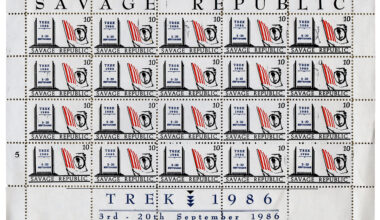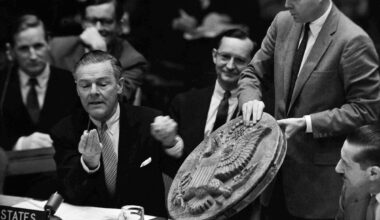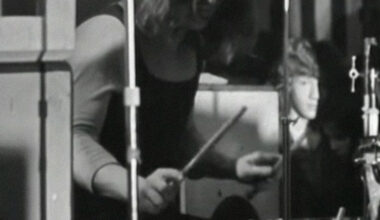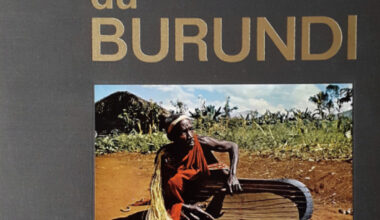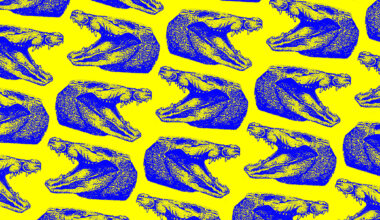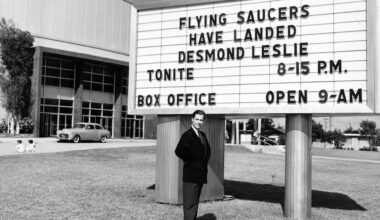We’ve had 70 years of getting excited about Space Tourism, but we’re still waiting for the Lunar Hilton to open
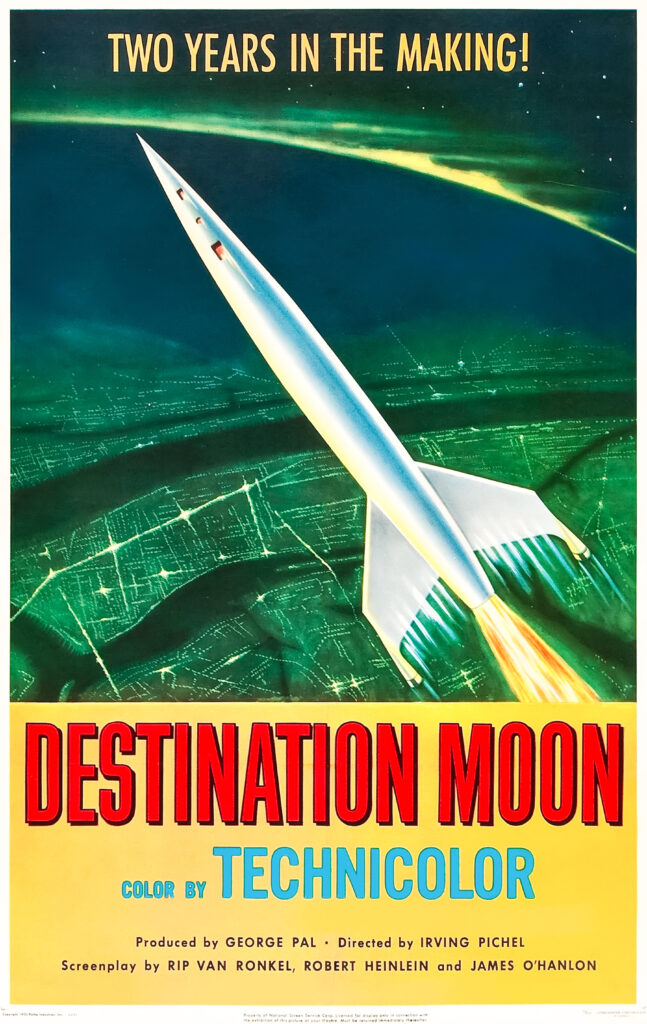
It’s crazy to think it’s 50 years ago that the ghostly grey footage of Apollo 11 astronauts Neil Armstrong and Buzz Aldrin bobbing about on the Moon was beamed live onto television screens across the globe. Half a century ago. Most of most of our lives ago. But it’s even crazier to think that the last men to visit the Moon, Apollo 17 shipmates Gene Cernan and Jack Schmitt, did so way back in 1972, making it 47 years since humans have travelled beyond low Earth orbit.
That’s an especially shocking statistic for those of us who were little kids at the time of the lunar landings. We all believed we’d soon be swapping the empty cereal boxes jammed over our heads for actual space helmets. And despite the increasingly rapid passing of the seasons, many of us are still freaking out in our moonage daydreams. Oh yeah.
Flights to the Moon were a common theme of folklore stories around the world going back more than 1,000 years, the journeys powered by everything from geese to balloons to fireworks. Not that fireworks was such a silly idea, as the development of modern rocket technology in the first half of the 20th century proved.
Rockets opened up the real possibility of space travel for the first time and sparked the imaginations of a whole new generation of sci-fi writers, most notably Arthur C Clarke, Isaac Asimov, Ray Bradbury and Robert A Heinlein. Heinlein had a particular fascination for the Moon and his 1947 book ‘Rocket Ship Galileo’ formed the basis for George Pal’s hugely successful film ‘Destination Moon’ in 1950.
The same year as ‘Destination Moon’, the Hayden Planetarium in New York invited people to sign up for future trips into space as part of a publicity campaign for a new exhibition. The campaign was advertised in several newspapers and magazines and attracted letters from across America and way beyond. Many of the letters came from children, including a boy called Horace, who asked if he could bring his dog with him.
Everybody who wrote to the planetarium was sent a “Space Travel Tours” membership card with a “Space Ship Time Schedule” estimating the journey times to different destinations based on a speed of 25,000 miles per hour – nine-and-a-half hours to the Moon, 75 days to Mars and 1,333 days to Saturn, although there was some small print attached. “Cannot be responsible for delays en route caused by meteor showers or other phenomena,” it read.
The launch of NASA’s Apollo programme in 1961 further fuelled public interest in space. Three years later, in 1964, Austrian journalist Gerhard Pistor asked a travel agency in Vienna if he could book a trip to the Moon. As daft as it might sound, the agent forwarded Pistor’s request to Pan American World Airways, where it was brought to the attention of Pan Am founder and president Juan Trippe, an aviation visionary and space enthusiast. Trippe instructed his staff to take the booking, albeit with some obvious conditions attached, and Pistor paid a deposit of $20. When a couple of similar enquiries came in, Pam Am started a Moon holidays waiting list, gathering around 100 names over the next three or four years.
Another powerful 1960s business figure with a passion for space was Barron Hilton, the son of the founder of the Hilton Hotels Corporation. Like Juan Trippe, Barron Hilton was a fascinating character. He’d been a combat photographer in the US Navy in World War II and he started his career at Hilton Hotels as an elevator operator. In 1967, a few months after he’d replaced his father at the head of the global hotel chain, Hilton gave a speech about space tourism – and what he hoped would be Hilton Hotels’ part in it – to the American Astronomical Society.
“Scarcely a day doesn’t go by that someone doesn’t ask me when the Lunar Hilton is going to be opening,” he told the Society’s annual conference. “They are joking, of course. But I don’t see it as a joke at all. I firmly believe we are going to have Hiltons in outer space – perhaps soon enough for me to officiate at the formal opening of the first”. He went on to talk about a three-storey construction housing 100 guest rooms, a restaurant and a cocktail lounge. He said bartenders would press a button and “out will come a pre-measured, pre-cooled mixture of pure ethyl alcohol and distilled water. About 80 proof. If the machine goofs, we’ll have some highly stimulated guests. Into the mixture the bartender drops a tablet – martini, Manhattan, Scotch, gin – you name it. Instant drink!”.
As sci-fi fans will know, the Pan Am and Hilton brands both feature in Stanley Kubrick’s 1968 cult movie ‘2001: A Space Odyssey’, which was inspired by Arthur C Clarke’s short story ‘The Sentinel’. The Orion III spaceplane in which Dr Heywood Floyd (William Sylvester) begins his journey to the Moon prominently displays the Pan Am logo, while the Hilton imprint is displayed at the reception of the hotel on the rotating space station that Floyd visits. Juan Trippe was keen to capitalise on Pam Am’s association with the film and he didn’t have long to wait. On Christmas Eve 1968, as Americans gathered around their television sets to follow the progress of Apollo 8, the first manned space flight to orbit the Moon, Trippe telephoned ABC-TV to announce that Pan Am were taking bookings for future space flights.
The company were deluged with booking requests and Trippe responded by setting up Pan Am’s First Moon Flights Club. To become a member, people were told to send Pan Am an SAE, in which they received a numbered card indicating their position on the waiting list. By the time Armstrong and Aldrin walked on the Moon in July 1969, the First Moon Flights Club had 25,000 members. By 1971, when the club was put on hold, that number had increased to 90,000.
Juan Trippe died in 1981 and Pan Am folded 10 years later without ever sending anybody to the Moon. Barron Hilton is still with us, but he’s in his 90s now so the chances are he won’t be around to open that first Hilton space hotel. We have a fresh cohort of business guys pushing at the frontiers of space these days though, the likes of Richard Branson (Virgin Galactic), Elon Musk (SpaceX) and Jeff Bezos (Blue Origin). Will any of them be offering commercial space flights in the near-ish future? Possibly. Hopefully. Will any of us be able to afford them? No chance. To quote the terms and conditions of the First Moon Flights Club, “Fares are not fully resolved and may be out of this world”.
